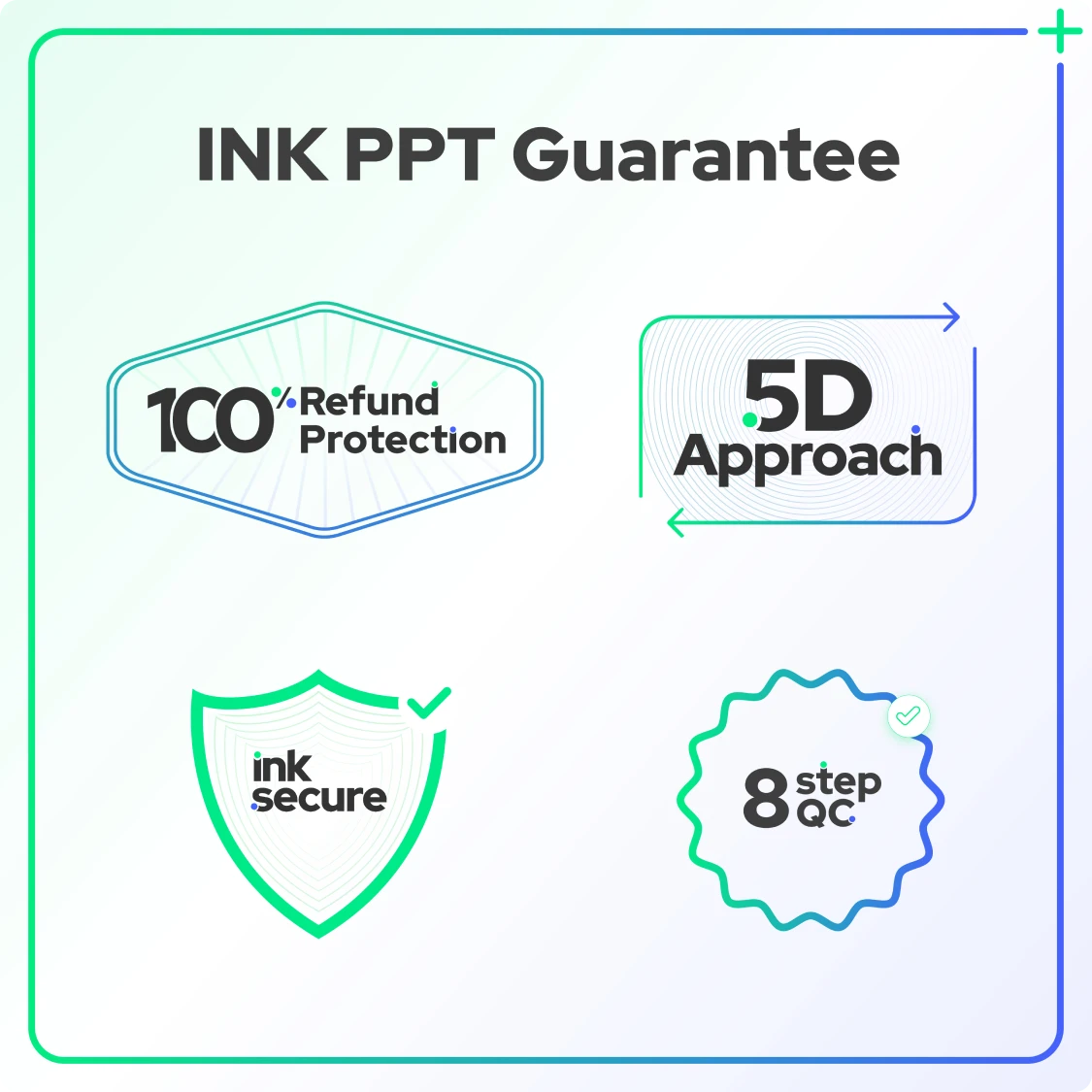Contact Us
Let’s Partner for Your Next Big Presentation
Consult with our Business Advisor


As the tapestry of global commerce becomes ever more complex, one thread weaves a consistent story: sustainability. The rise in sustainability reporting can be attributed to stakeholders' changing demands for increased transparency from businesses. It has developed into a potent weapon that signals business integrity and fosters a competitive advantage, going beyond just being a compliance requirement. Sustainability reporting demonstrates a company's dedication to ethical business practices at a time when ethical behaviors are valued highly by investors, consumers, and employees.
Businesses may stand out in the market and draw in socially conscious investors and customers by openly disclosing their environmental, social, and governance (ESG) initiatives. It turns into a strategic necessity that shapes the company brand, encourages staff pride, and affects purchase decisions. As a result, sustainability reporting goes beyond legal requirements and becomes a vital component of corporate integrity as well as a source of competitive advantage in a business environment where ethical concerns are increasingly influencing decisions.

The ascent of sustainability reporting mirrors the evolution of corporate responsibility from marginal to mainstream. The rise of sustainability reporting is a mirror of how corporate responsibility has changed, moving from a side issue to a mainstream need.
Corporate responsibility was not considered an essential component of business strategy in the early days of business history but rather as an afterthought or philanthropic add-on. But as society's expectations changed, companies realized how much of an impact they had on governance, the environment, and society.
One important tool in this paradigm change is sustainability reporting. It offers a thorough framework for businesses to declare their environmental, social, and governance (ESG) activities, going beyond financial measures. This shift represents an expanded perspective of corporate responsibility that takes into account the ethical, social, and environmental aspects of company operations in addition to profit maximization.
A transparent sustainability report is essential for businesses since 80% of C-level executives surveyed for a report by the United Nations Global Compact (UNGC) believe that sustainability may help them become more competitive in the global market. Using ideas from sustainability report design agency to communicate company sustainability initiatives clearly and effectively.

Sustainability reports serve a purpose beyond mere documentation; they're a commitment to planetary stewardship and a barometer of a company's long-term vision:
Sustainability reporting cuts across multiple facets of a business:
Need help with report designs? And don’t know how to start? INK PPT - We’re a leading Financial report design agency and can be your trusted partner. Reach out to us now.

When embarking on sustainability reporting, consider the following advice:
The study mentioned shows the correlation between Corporate Sustainability Reporting and Financial Performance Corporate Sustainability Reporting and Financial Performance
The Business Case for Sustainability Reporting: Evidence from Stock Market Reactions

In just 30 days, our 9-member team crafted a 450-page Indian Oil Integrated Report 2020. Navigating the challenges of COVID-19, we seamlessly blended creativity and technology.
Addressing a wide audience, we crafted a design pattern that spoke to every lifestyle, ensuring a smooth reading experience.
Our cover design reflects Indian Oil's commitment during the pandemic, showcasing the brand's unwavering dedication.
In a single skyline view, we mapped IOCL's diverse operations, aligning with the United Nations' SDG goals.
Our meticulous design system, incorporating color palettes, typography, and more, set the stage for an exceptional financial report.
Translating the report into Hindi, we ensured accessibility for millions, while innovative page snippets and business charts made it reader-friendly.

A Visual Reports Design Agency doesn’t just present data; it visualizes a company's commitment to sustainability, narrating a story that resonates and inspires. We ensure your reports
Transform Your Sustainability Commitment into Impactful Stories!
Are you ready to elevate your company's sustainability narrative? Our Visual Reports Design Agency specializes in turning data into compelling stories that resonate with your stakeholders.
Sustainability reporting is no longer ancillary; it's a pillar of modern business practice. As the demand for accountability and moral business conduct has grown, sustainability reporting has become a pillar of corporate transparency. The revolutionary effect of sustainability reporting on long-term value generation, competitive advantage, and reputation management cannot be emphasized, even though difficulties still exist.
Sustainability and profitability go hand in hand. That's how you build a resilient company, whether you're an incumbent or starting from scratch.- McKinsey
Companies are encouraged to adopt sustainability reporting not just as a compliance need but as a strategic necessity that coincides with the principles of responsible business in the twenty-first century as worldwide initiatives push towards standardization. The road towards transparency becomes a potent catalyst for positive change, influencing not only business practices but also societal and environmental well-being as stakeholders analyze corporations through the lens of sustainability.
Ready to weave sustainability into your corporate
story? Let's collaborate to create reports that reflect your commitment to a sustainable future.
Expand your understanding of sustainability reporting with these carefully selected resources:
Consult with our Business Advisor
